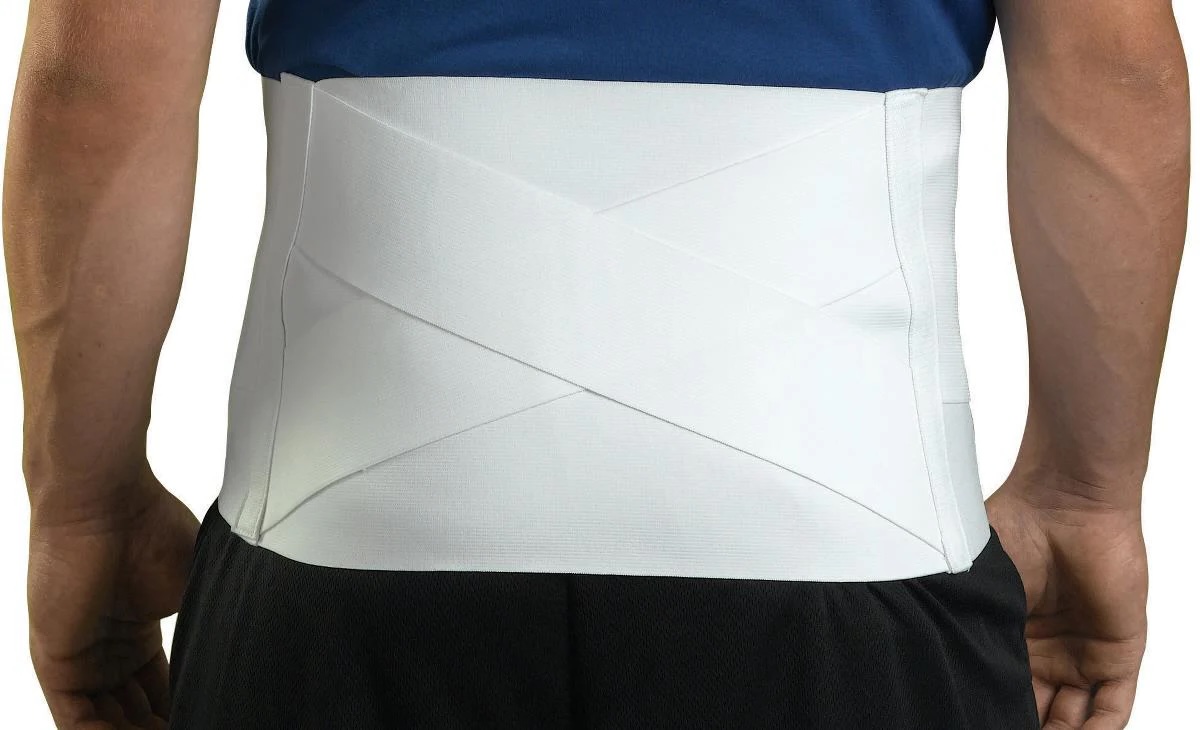
Criss-Cross is a fascinating game that has captured the hearts of many puzzle enthusiasts. But what makes it so special? Criss-Cross combines the thrill of wordplay with the strategy of a board game, creating a unique experience for players of all ages. Whether you're a seasoned player or a curious beginner, there's always something new to learn about this intriguing game. From its origins to its rules, and even some surprising trivia, we've gathered 30 facts that will deepen your appreciation for Criss-Cross. Ready to dive in? Let's unravel the mysteries and fun behind this beloved game!
Key Takeaways:
- Criss-Cross patterns are not just visually appealing, but also serve important functions in nature, architecture, art, technology, fashion, and everyday life. They provide strength, stability, and beauty to various aspects of our world.
- From trapping insects in spider webs to creating elegant lace designs, criss-cross patterns are versatile and can be found everywhere, from the smallest snowflake to the tallest skyscraper. They play a crucial role in both form and function across different fields.
Criss-Cross Patterns in Nature
Criss-cross patterns are everywhere in nature. From the intricate designs on leaves to the complex structures of crystals, these patterns are both beautiful and functional.
- Spider webs often feature criss-cross patterns, which help trap insects.
- The veins in leaves form criss-cross networks to transport water and nutrients.
- Snowflakes exhibit criss-cross patterns due to their hexagonal crystal structure.
- Fish scales overlap in a criss-cross manner, providing protection and flexibility.
- Pineapples grow with a criss-cross pattern on their skin, aiding in structural integrity.
Criss-Cross Patterns in Architecture
Architects have long used criss-cross patterns to create visually appealing and structurally sound buildings. These patterns can be found in various forms, from ancient structures to modern designs.
- The Eiffel Tower's lattice design features criss-cross patterns for strength and stability.
- Gothic cathedrals often have criss-cross ribbed vaults, which distribute weight evenly.
- Japanese tatami mats are arranged in a criss-cross pattern to maximize space and comfort.
- The geodesic domes designed by Buckminster Fuller use criss-cross patterns for efficiency.
- Modern skyscrapers often incorporate criss-cross bracing to withstand wind and earthquakes.
Criss-Cross Patterns in Art
Artists have used criss-cross patterns to create depth, texture, and movement in their works. These patterns can be found in various art forms, from painting to textiles.
- Vincent van Gogh's "Starry Night" features swirling criss-cross patterns in the sky.
- Traditional African kente cloth is woven with intricate criss-cross designs.
- The famous "Op Art" movement often used criss-cross patterns to create optical illusions.
- Celtic knots are characterized by their endless criss-cross patterns.
- Basket weaving techniques often involve criss-cross patterns for strength and beauty.
Criss-Cross Patterns in Technology
Criss-cross patterns play a crucial role in various technological advancements. These patterns can be found in electronics, engineering, and even computer algorithms.
- Printed circuit boards (PCBs) use criss-cross patterns to connect electronic components.
- The design of carbon fiber materials involves criss-cross patterns for enhanced strength.
- DNA molecules have a criss-cross double helix structure, essential for genetic coding.
- The internet's network topology often resembles a criss-cross pattern for redundancy.
- Algorithms for data encryption sometimes use criss-cross patterns to enhance security.
Criss-Cross Patterns in Fashion
Fashion designers frequently incorporate criss-cross patterns into their creations. These patterns can add visual interest, texture, and functionality to clothing and accessories.
- Plaid fabrics feature criss-cross patterns, popular in various cultures and styles.
- Lace designs often include delicate criss-cross patterns for an elegant look.
- The iconic Burberry trench coat has a criss-cross plaid lining.
- Corset lacing involves criss-cross patterns to achieve a snug fit.
- Shoe laces are tied using criss-cross patterns for secure fastening.
Criss-Cross Patterns in Everyday Life
Criss-cross patterns are not just limited to specialized fields; they are also present in our daily lives. From the way we tie our shoes to the design of everyday objects, these patterns are ubiquitous.
- The way we tie our shoelaces involves a simple criss-cross pattern.
- Chain-link fences are made with criss-cross patterns for durability and security.
- Quilts often feature criss-cross stitching for added strength and design.
- The design of waffle irons creates a criss-cross pattern on the waffles.
- Tennis rackets have criss-cross strings to provide the necessary tension and control.
The Final Word on Criss-Cross Patterns
Criss-cross patterns are more than just eye-catching designs. They play a vital role in various fields, from fashion to architecture. These patterns can be found in nature, like in the intricate web of a spider or the veins of a leaf. They also have practical uses, such as in the construction of bridges and buildings, providing strength and stability.
Understanding the significance of criss-cross patterns helps us appreciate their beauty and functionality. Whether you're an artist, engineer, or just someone who loves patterns, there's something fascinating about the way these designs intersect and create harmony.
Next time you see a criss-cross pattern, take a moment to think about its purpose and the thought that went into its creation. These patterns are everywhere, adding both aesthetic appeal and structural integrity to our world.
Frequently Asked Questions
Was this page helpful?
Our commitment to delivering trustworthy and engaging content is at the heart of what we do. Each fact on our site is contributed by real users like you, bringing a wealth of diverse insights and information. To ensure the highest standards of accuracy and reliability, our dedicated editors meticulously review each submission. This process guarantees that the facts we share are not only fascinating but also credible. Trust in our commitment to quality and authenticity as you explore and learn with us.
